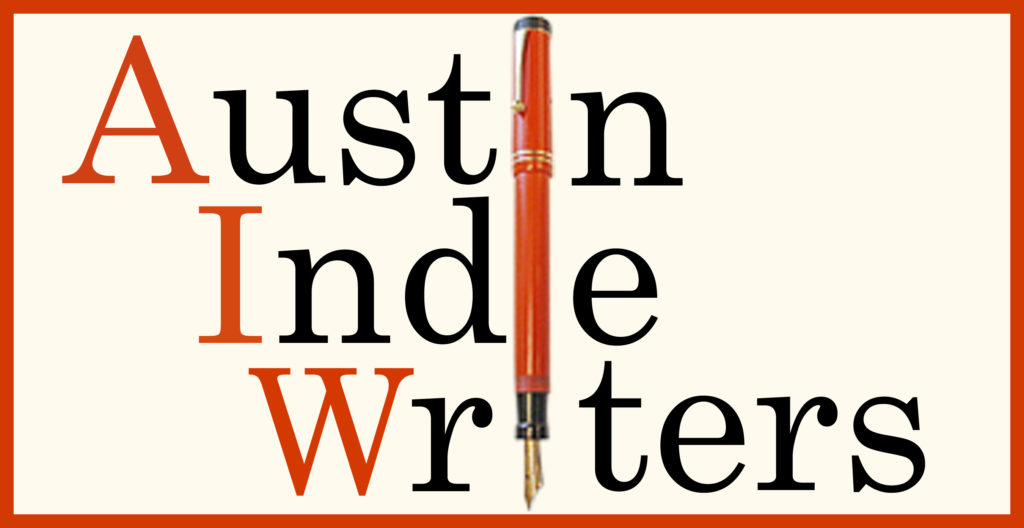by Tosh McIntosh
(Originally published 11/26/12)
On Saturday, November 17, 2012, five AIW members attended the second meeting of the brand new Lake Travis Fiction Writers and presented an overview of four distinct paths to becoming an indie author. The segments were:
The role of the small press in the digital age–Deanna Roy of Casey Shay Press
Paths to getting published–Cindy Stone and Laura Resnick-Chavez of Violet Crown Publishers
Happiness is a legacy publisher in the rearview mirror–Brad Whittington of Wunderfool Press
Total independence and doing it all yourself–Tosh McIntosh of AviatorWriter Press
Without knowing the order of our presentations or how my colleagues would organize their remarks, I decided to address the factors in the current publishing industry that nudged me to choose the indie option, explain why I elected to tackle each of the production steps myself, and describe the workflow required to publish a novel in print and eBook editions.
One of the issues all the presenters faced was that LTFW was so new, and its members appeared to include only a few individuals who had either completed a novel or were currently writing one. We didn’t want that to diminish the message, however, nor did we want to liken publishing a novel to climbing Mt. Everest.
Here is a list of my talking points:
Arrival of the eReader and advancements in print-on-demand technology have driven the publishing industry into a state of flux that shows no signs of abating.
From the author’s perspective, that’s good news because legacy publishers and their gatekeeper literary agents no longer have a monopoly on printing and distribution, and authors now have a viable alternative to legacy.
That said, the road to publication has to begin with a completed novel that represents a writer’s very best effort, worthy of a reader’s hard-earned money and commitment of time to read it.
Before you choose the legacy or the indie path to publication, consider carefully the advantages and disadvantages of each option.
Although submitting to agents in the hope of being offered a legacy contract deserves serious consideration by any first-time author, I had enough experience with the process to conclude that driving this road to publication has to be accomplished under a caution flag.
I believe it’s more difficult than ever before, and that the contract provisions currently being offered are much too biased toward the publisher.
Simply put, I saw no benefit in waiting any longer for the remote possibility of an offer, especially when combined with the high probability that I wouldn’t be able to accept it.
My decision to go indie included a commitment to minimize the upfront investment of venture capital, which imposed the requirement to teach myself how to accomplish all the production tasks necessary to publish a book.
Following a brief description of my nine-step workflow, I emphasized that while I did it all myself, I wasn’t alone because my fellow writers provided invaluable think-tank advice and offered their expertise to augment areas in which I found myself lacking.
And then I closed by suggesting that the Lake Travis Fiction Writers had what it takes to create an atmosphere of writers helping writers in a mutual, collaborative exploration of their craft, dedicated to improving their skills, and assisting each other to think like a publisher.

